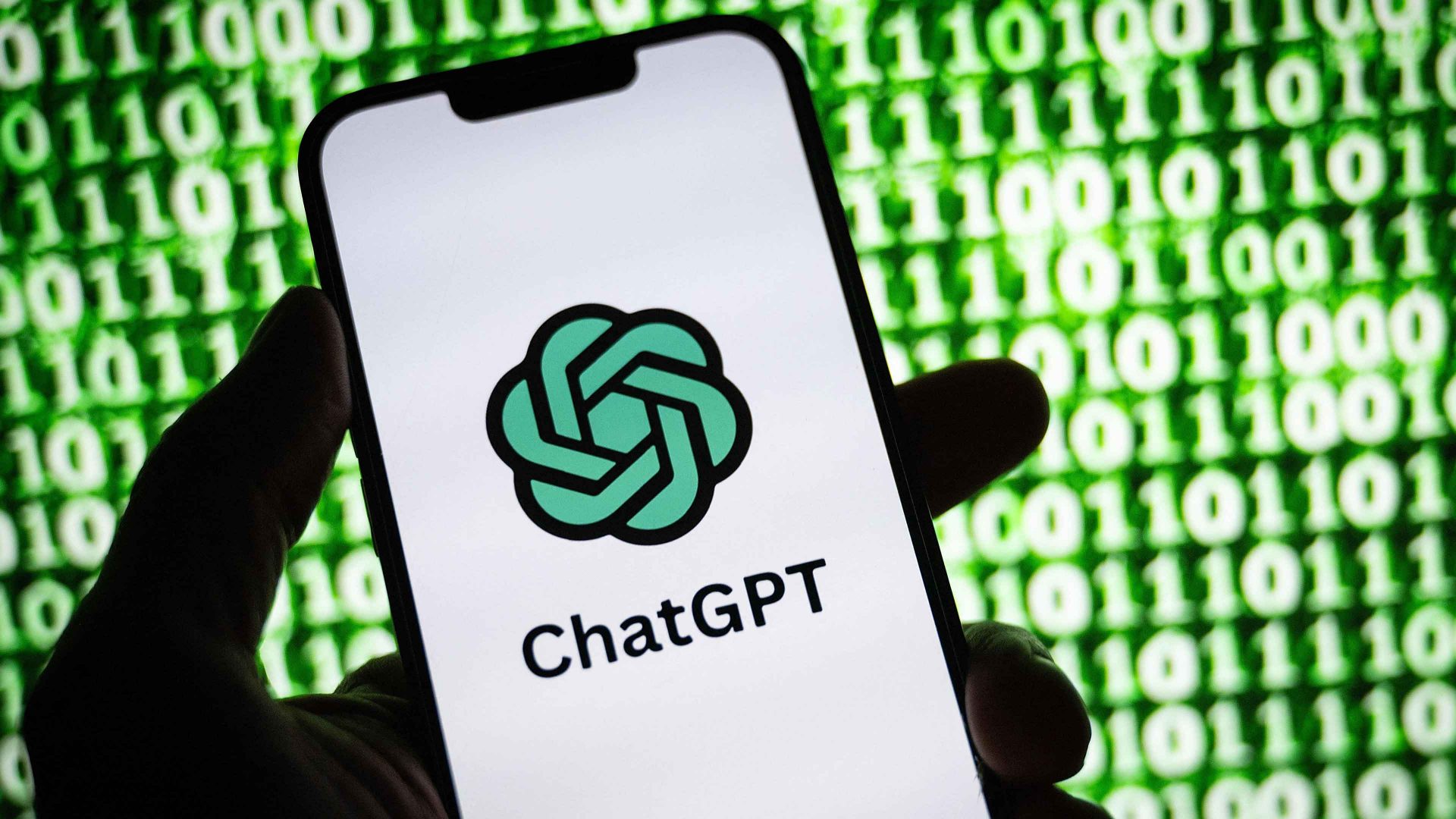Are you a bit sick of hearing about generative AI? In the nearly three years since ChatGPT launched, it’s become impossible to go a day without someone telling you AI is going to change the world / kill us all / destroy the planet / bankrupt all the rubes who’ve invested in it (delete, per your personal prejudices).
Amid the doommongering and breathless hype, though, it can be hard to get a feel for where the technology currently is, and what it can currently do. The following, then, is a brief guide to what AI is good at in 2025 – and what you might not want to trust it with just yet.
You get what you pay for
The first thing to say is that if you’re serious about seeing what AI can really do in 2025, you need to pay for it. The most powerful models, from OpenAI (GPT), Google (Gemini), Perplexity and Anthropic (Claude), all operate on either a free or subscription basis. Paying for the subscription (roughly £17 a month across the board, depending on exchange rates) gets you access to the best versions of each tool with the most complete feature sets and the ability to do more each day without hitting rate limits. You can always cancel, but if you’re not using the paid versions you’re not really seeing what these things can do.
Go beyond ChatGPT
Thanks to being first to market, OpenAI’s product has become the generic descriptor for AI among most consumers; it’s a good model with many uses, but it’s not the only game in town. If you’re interested in coding, Claude (or Cursor, for pros) is currently the model to experiment with; if, on the other hand, you want to use AI to analyse huge quantities of information across documents, audio, video and the rest, Google’s tools, Gemini or NotebookLM are what you should be looking at. For images, Midjourney is by far and away the best of the mainstream models, while for video Google’s Veo3 is currently best in class (at least until OpenAI’s Sora2 is made available here next year); meanwhile, if you’re interested in making music, a platform called Suno can craft tracks at the push of a button. Think about what you are trying to do and experiment with different tools to find what works for you.
Remember it can “see” and “hear”
AI models are now multimodal. What this means in practice is that you can ask them to look at images and interpret them, to “read” text from photos, to “watch” YouTube videos and “listen” to podcasts, and ask them to analyse and interpret information from all of these sources. “Writing mediocre words and making poor-quality memes” is pretty much the least-interesting thing you can currently be doing with this tech; why not try feeding it your entire camera roll and asking it to tell you who you are based on your photos instead? NB – do not, under any circumstances, do this.
Suggested Reading

Return of the glassholes
The Machine is good at research now
One of the biggest shifts to have occurred in AI in the past 12 months is the improvement in the ability of all of the major models to complete research; now, subscribers are able to instruct the AI to undertake “deep research” on any topic, meaning The Machine will go off and scour the web for information about anything you ask it to, presenting you with a report on whatever topic you like.
The style and tone of outputs will vary from model to model, but the overall quality is now pretty good – asking Gemini to produce a piece of deep research into, say, the current state of the UK consumer energy market and a comparative assessment of plans on offer will get you a comprehensively sourced piece of analysis based on currently available information, along with literally hundreds of linked references. It’s still not as good as doing the work yourself, but it’s a damn sight quicker and a great start. Try it with something you know a lot about as a test – you will be impressed. Oh, and try Google’s Notebook LM, which lets you upload literally hundreds of files (documents, images, video and audio) which you can then ask the AI questions about – it’s a truly incredible research and analysis tool which is oddly underused.
Don’t write with it
Just don’t. Despite the improvement in search, research, and image and video generation demonstrated by AI over the past 12-18 months, The Machine is still a largely-dreadful prose stylist. LinkedIn is peppered with vapid corporate fluff bearing the classic tells of AI-penned copy – “not only X, but Y”, the slavish devotion to the rule of three – and nothing devalues your argument more than it being obviously penned by a computer. What AI is good at is taking your rough notes and turning them into fleshed-out drafts – but don’t, please, use it to write from scratch.
Agents aren’t ready yet
You will doubtless have heard talk of AI “agents”, systems that, we are told, will be able to run our lives for us, booking flights, sorting the Ocado order and doing all sorts of tedious online tasks on our behalf. It’s an appealing idea, but the reality right now is that these things simply don’t work well enough to be useful; they get stuck, they get confused, and they still need an awful lot of human input to achieve even the simplest of tasks. You’re still going to have to do your own shopping, I’m afraid. The same applies to AI browsers – buggy, broken, and not worth bothering with… yet.
Don’t sack your therapist
It might be tempting to spill your deepest, darkest secrets to The Machine – but it’s probably not a great idea. This is software designed to maximise user engagement (this is how the tech companies attract investment, after all), and as such the models tend towards sycophancy, agreement and a general “yes, and…” approach to “conversation”. You’re not talking to a therapist who understands you, you’re “talking” to a black box specifically constructed to offer the impression of sentience, whose responses are crafted to keep you interested and which, per a recent academic paper, “reinforce epistemic instability, blur reality boundaries and disrupt self-regulation.” Caveat emptor.
Turn off Google’s AI overviews
They are terrible, they are ruining Google and they are often wrong – but you can turn them off, and you should, asap. Just, er, Google “how to turn off AI overviews in Google” – you’re welcome.
To get a feel for what AI can do, you should mess around with it and find out. Perhaps the most useful way for the curious to consider the technology is as a very powerful toy – play with it, see what it’s capable of, see what works for you. You may as well, given you’re apparently going to be forced to listen to people talk to you about it until the heat death of the universe.
Matt Muir is a tech writer and journalist



